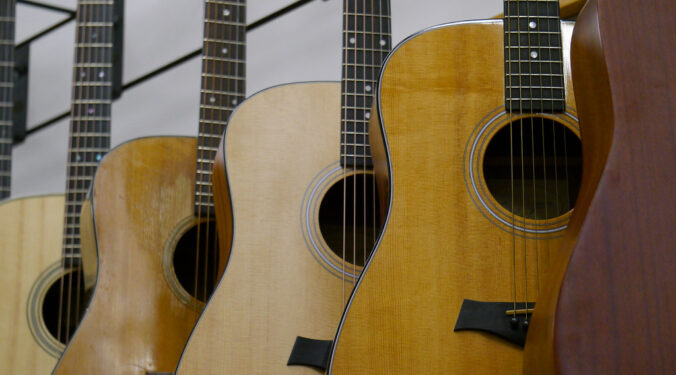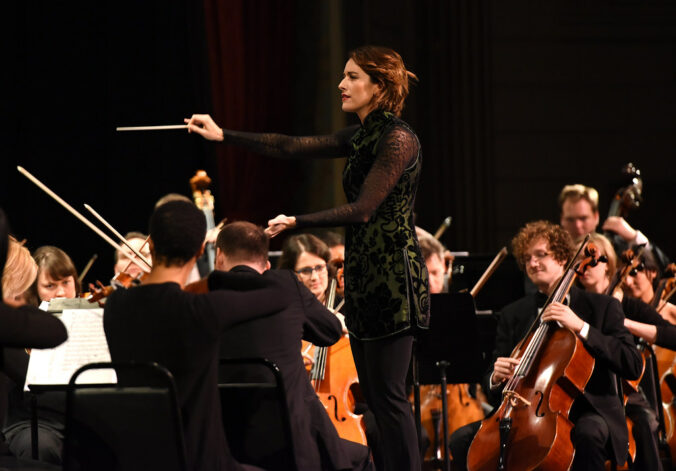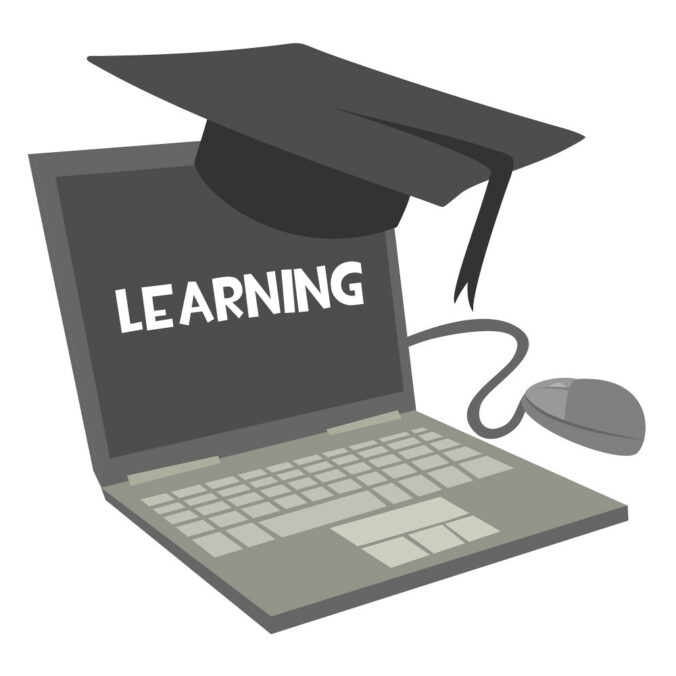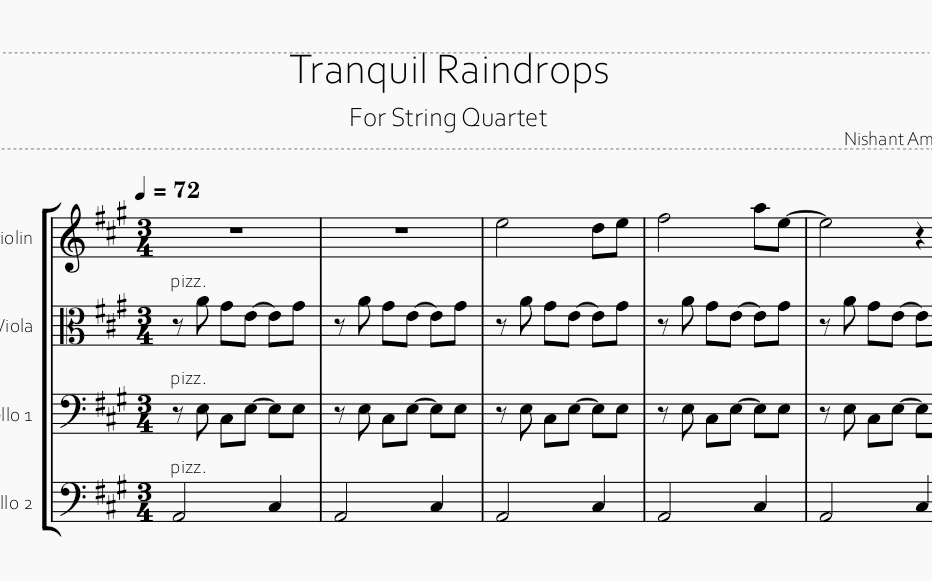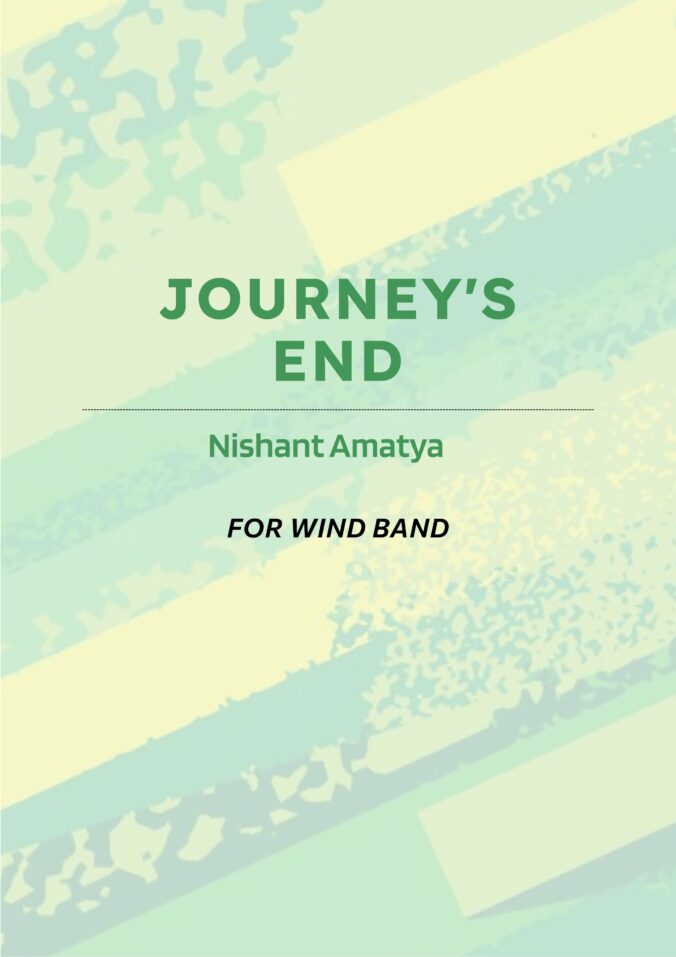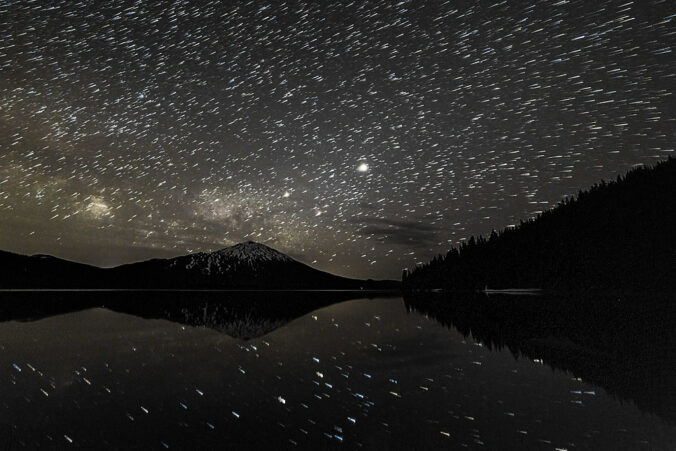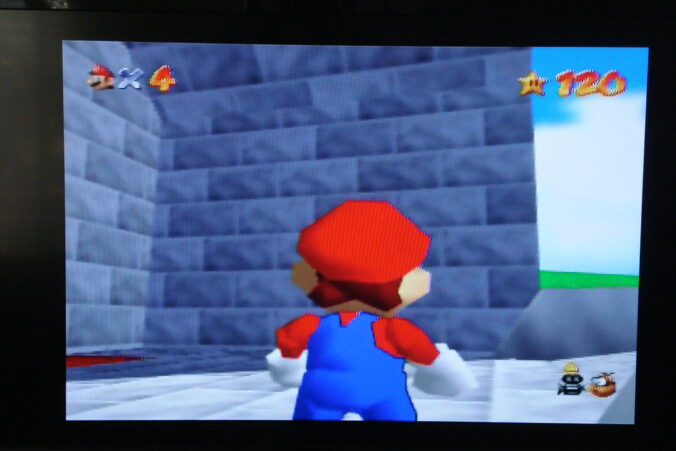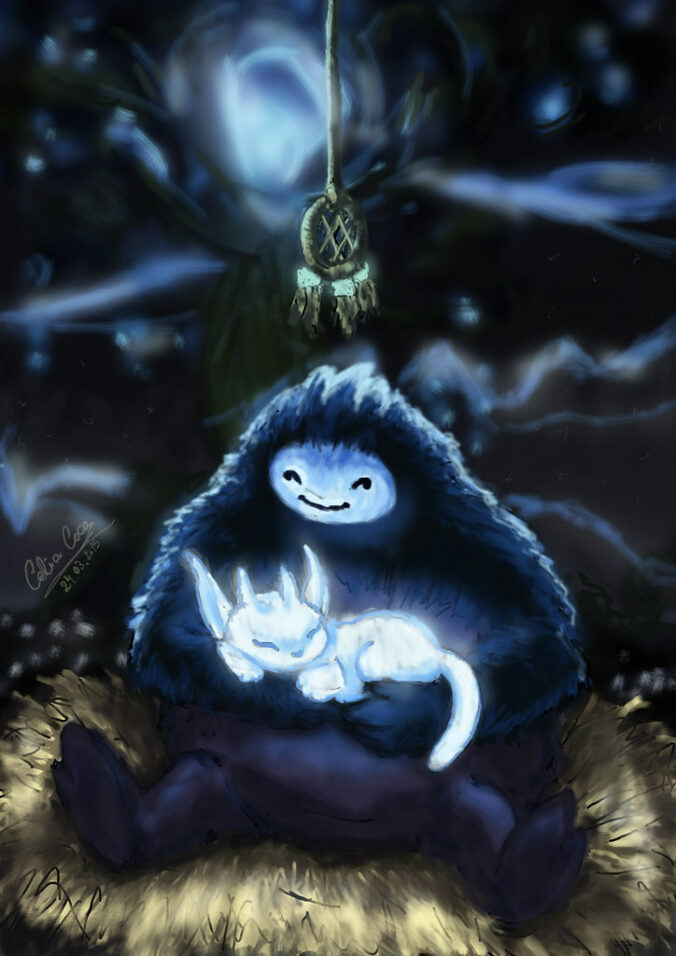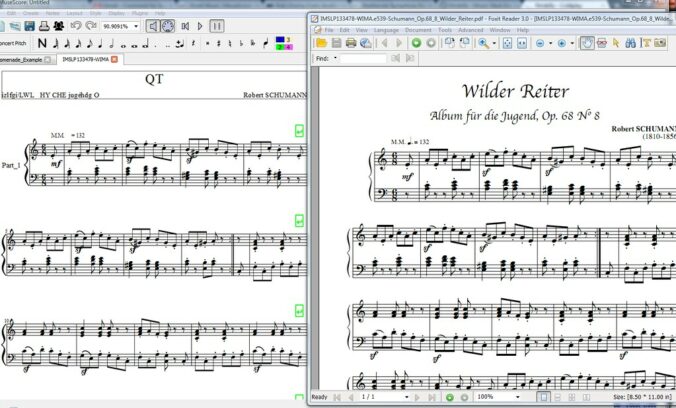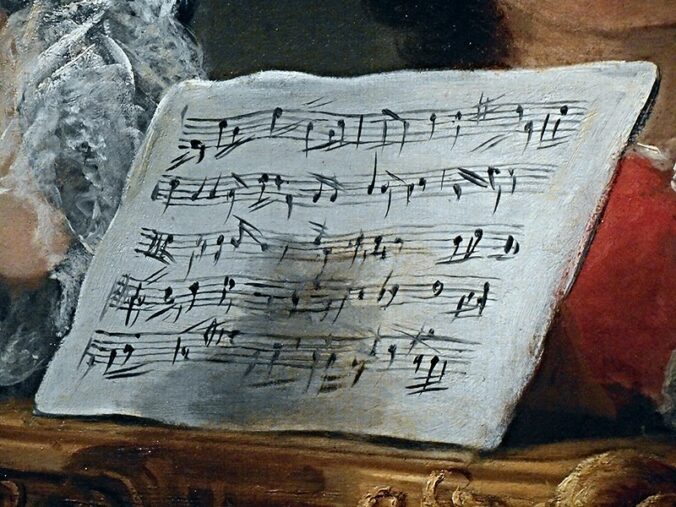Okay so this week’s topic was on accessibility and Universal Design for Learning. this entire blog post will be speech to text, so I’m doing this initially through Google Docs as a means of using speech to text, but then I’ll copy and paste all of this to my blog. I think it’s really funny that we mentioned accessibility on a day we had a zoom class in particular, because though I was wanting to attend class, I was on campus and the Wi-Fi across campus shut down almost as soon as this class started. Accessibility in the music classroom in particular is a bit challenging, I think mainly because music classes tend to be so hands-on. I think the question becomes how do we accommodate those students who may not be able to play certain instruments, and there are definitely solutions. just one example, I volunteered at a high school 2 years ago and there was a blind student in the guitar class. the student had an EA and a specialized guitar just for them where they would have frets that they could feel On the back of the guitar. though it was obviously difficult for them to be able to read melody lines that were written out in tabs, This small accommodation allowed them to still participate in the class by being able to play the baseline or the chords. if the melody was repetitive enough, I think they would also have gotten the opportunity to learn and play that part as well. For other students there might be other accommodations, such as a student with a breathing problem or lung problems might be able to just play percussion or bass or an instrument that doesn’t require them to use too much air. It’s something that I definitely still have to think more about, and I think it’s something that I will actively be finding the solutions for as accessibility problems arise.
Until next week!
